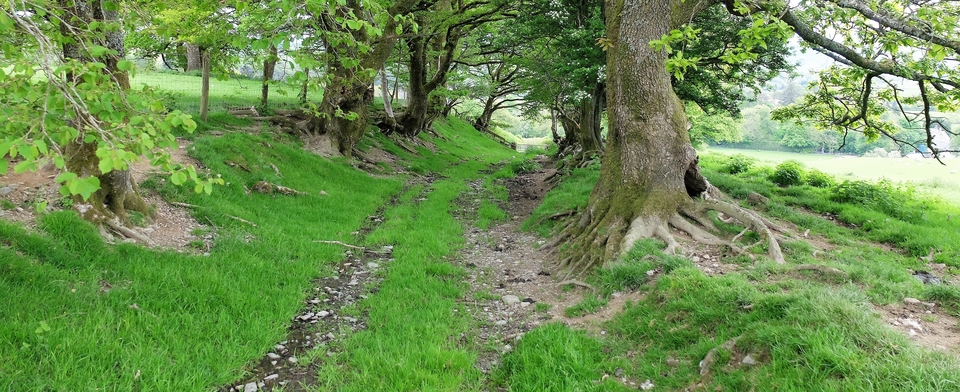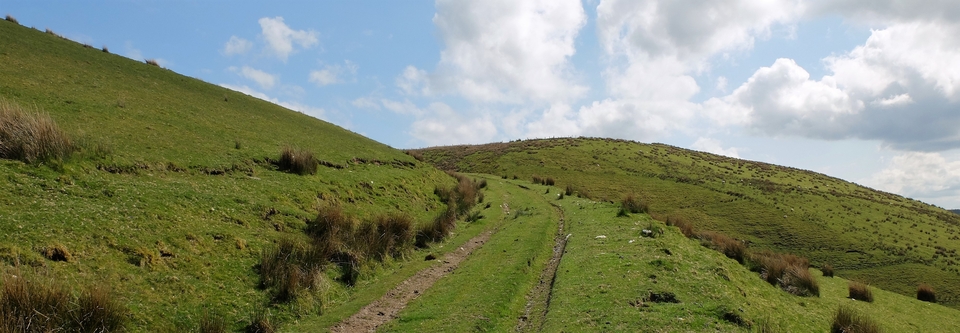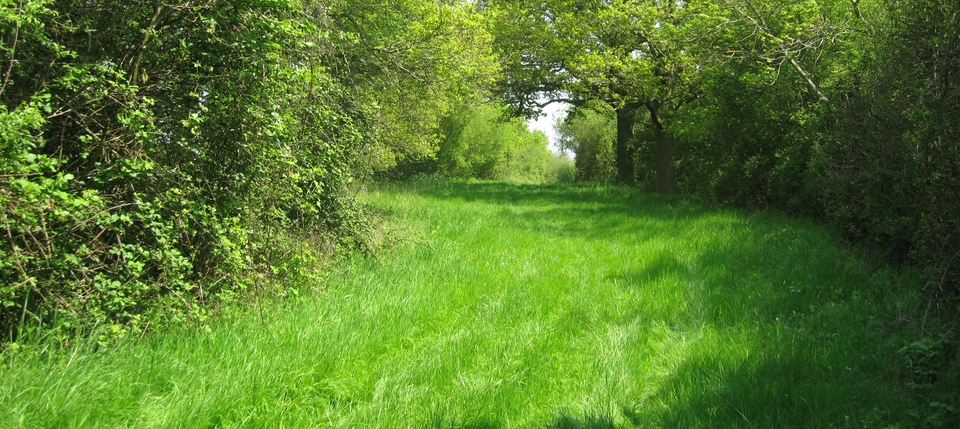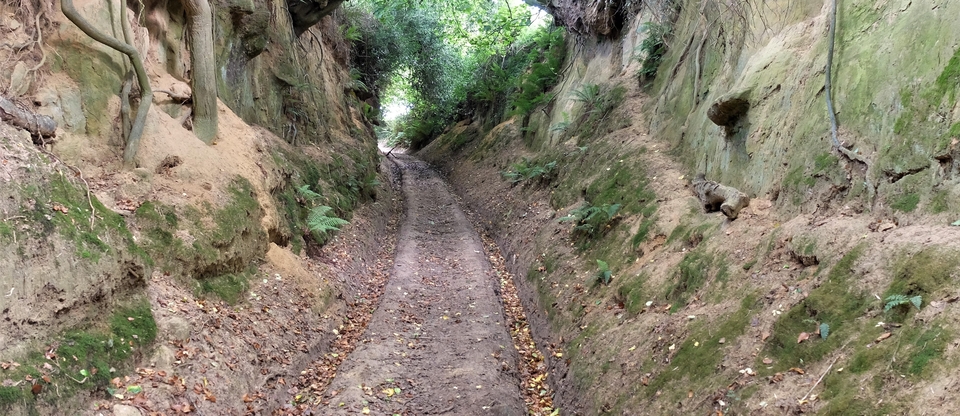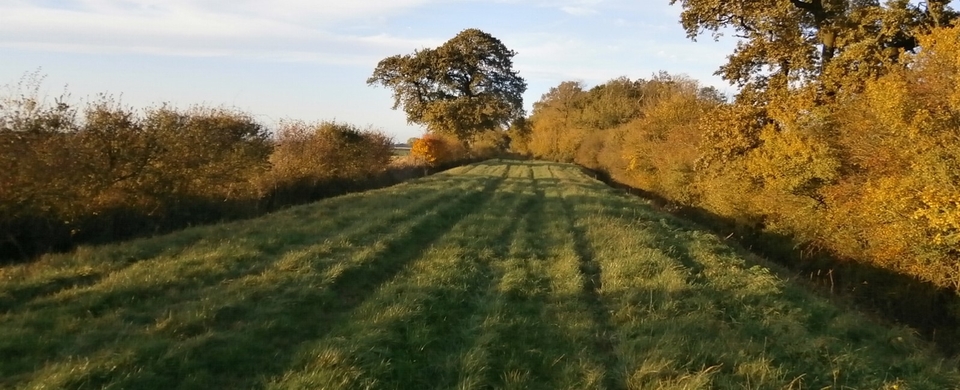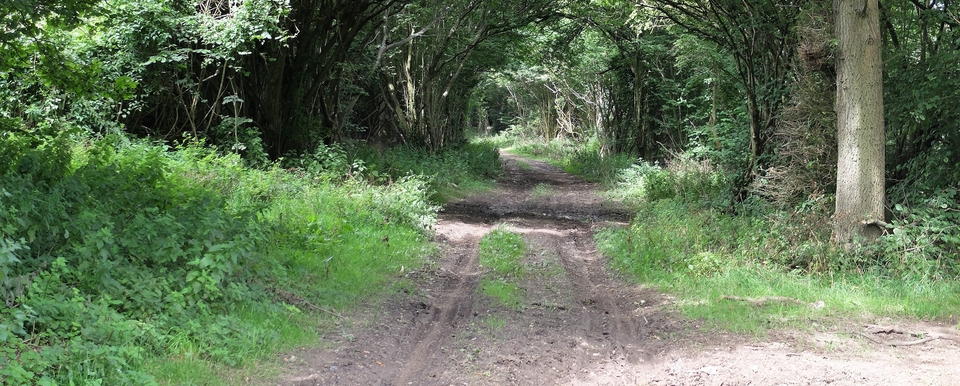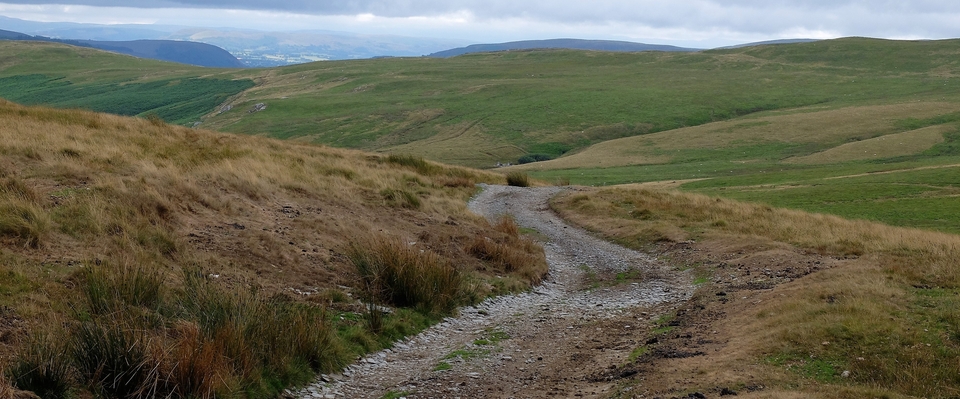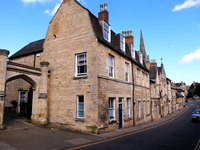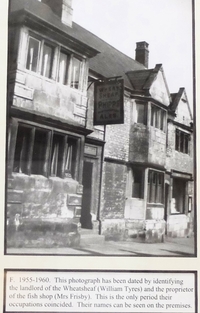Stamford Story #2
From The Stamford Mercury, Friday 6th February, 1835:
“A singular discovery was made Saturday last at the Wheat-Sheaf public house, St. Peter’s Hill in this town.
“As Mr. Webster, the landlord, was cleaning and white-washing his wash-house, he found on the top jamb of the chimney (which is an old-fashioned one projecting into the interior) a pocket book containing a variety of memoranda, which, it is supposed, had lain there for not less than four years. It is remembered that at one of the Stamford fairs about that time a strumpet was charged with picking the pocket of a man at the Salutation public house (which is about 20 yards from the Wheat-Sheaf) and being pursued she ran up the Wheat-Sheaf yard and effected her escape by climbing over the roof of a building adjoining to the wash-house; and it is supposed that the pocket book found on Saturday was the pocket book which she had stolen at The Salutation and hidden in the pursuit.
“It is a large black pocketbook such as drovers usually carry and some of its contents raise the inference that it belonged to a Welsh drover of the name of Evans or Richards. Amongst those contents are three banker’s receipts, bearing dates respectively 7th, 10th and 21st December 1829, acknowledging the receipt by Messrs Esdaile on account of Messrs Waters, bankers, is it believed, at Carnarvon [actually Carmarthen] of the sums of £150, £100 and £125. Three promissory notes; one dated St. Ives, September 13th 1830, drawn for £65 in favour of John Richards, by John Newman, made payable at Messrs Grote’s, and noted for non-payment, as “irregular – differs from advice”; the second dated Maerglass [likely Maesglas] Sept 20th 1830 for £350, drawn in favour of John Jones, by John Richards Jnr, and made payable at Messrs Esdaile’s; and the third dated Little Baddow, Dec 30th 1830 for £60, drawn in favour of John Richards, by Elias Barnard, payable at Messrs Barclay’s, and noted as not paid for want of orders.
“There are also some memoranda of a drover’s expenses from Royden to Daventry; a public house bill from Lubbenham, Leicestershire, against Mr Evans; several private memoranda of money and other securities; and a Welsh Almanack for 1830. Mr Webster, who did not occupy the Wheat-Sheaf at the time of the robbery alluded to, has very properly communicated the circumstances to Mr Reed, the chief constable, in order that they may be published in the Police Gazette, in the hope that they may come to the knowledge of the owner of the pocket book, and probably rescue the character of a servant from any more serious imputation than the indiscretion of keeping bad company.”
(I suppose the first two paras are enough to tell the story, but the rest show how well-travelled the drovers were, in an age when most folk barely left their own immediate neighbourhoods.)
Wondering what happened to the honest drover when he returned empty-handed to the dealer, we chatted with a great crowd at a pub further down St Peter’s Hill, one of whom told us “Stamford was built on wool” then told us exactly where The Salutation was. We walked up the road for twenty yards and saw it on the other side of the road (#1). There's a small blue notice in the window but you have to be eagle-eyed to see it.
Twenty more yards up the street we found The Wheatsheaf (#2), now owned by Duncan & Toplis. The new owners have preserved the history of the building meticulously, as can be seen from an item from their noticeboard, the first thing you see as you walk in. This 1960’s picture shows WHEATSHEAF PHIPPS ALES on the inn sign.
Great story, but poor bloody drover...
